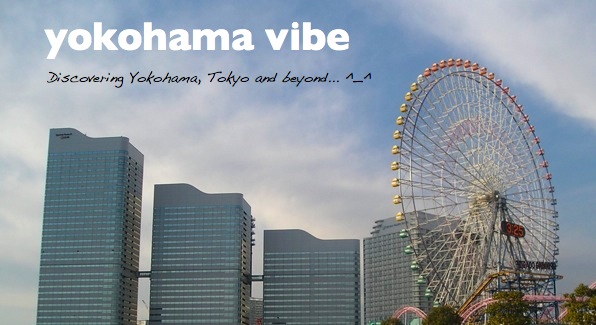In one particular area, the difference between Australia and Japan is stark. I am talking about the use of packaging.
If you have been to Japan, you will know what I mean.
In Australia, we are no longer provided with plastic bags at supermarkets or some department stores. If you forget to bring your green canvas bag, you might have to buy one at the supermarket, or else stagger back to your car clutching an armful of bread rolls, 2-litre bottles of milk, frozen dinners and tampons. Even before this new rule was implemented, if you bought fewer than three or four items, they would always ask you 'do you want a bag for those?' (with just a hint of accusation if you were considering saying 'yes').
In Japan, even if you are buying one very small item - even if you are already carrying half a dozen bags - they will usually put it in a bag by default, without even asking. Often, a plastic package will be wrapped in more plastic, and then put in a plastic carry bag. I was throwing away at least 20 plastic bags in an average week, in addition to the many plastic bags I re-used for carrying things, bin liners, etc.
I always found it strange, in a country that had such strict recycling laws, and where everyone was starting to talk about being eco-friendly.
(Incidentally, it made me laugh when I saw the 'washlet' - electronic, self-flushing toilets described as being 'eco-friendly'. Why? Because you save on water, because
you can play a fake flushing sound while you do your business. What's the alternative? Continuously flushing the toilet while you pee?
At any rate, usually the so called 'automatic flush' is unable to determine when you've gotten off the bowl, and therefore the toilet flushes two or three times before you've actually finished. Waste of water and electricity. Mind you, I still like them, just don't try to tell me they're good for the environment.)
To be fair, some supermarkets do have little cardboard 'no plastic bag please' tags at the checkout - you just pop one on top of your groceries and they won't give you one. I am ashamed to confess how long I was in the country before I noticed these and realised what they were for.
